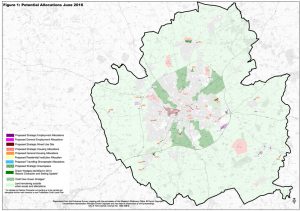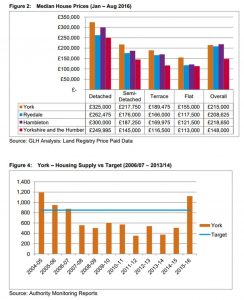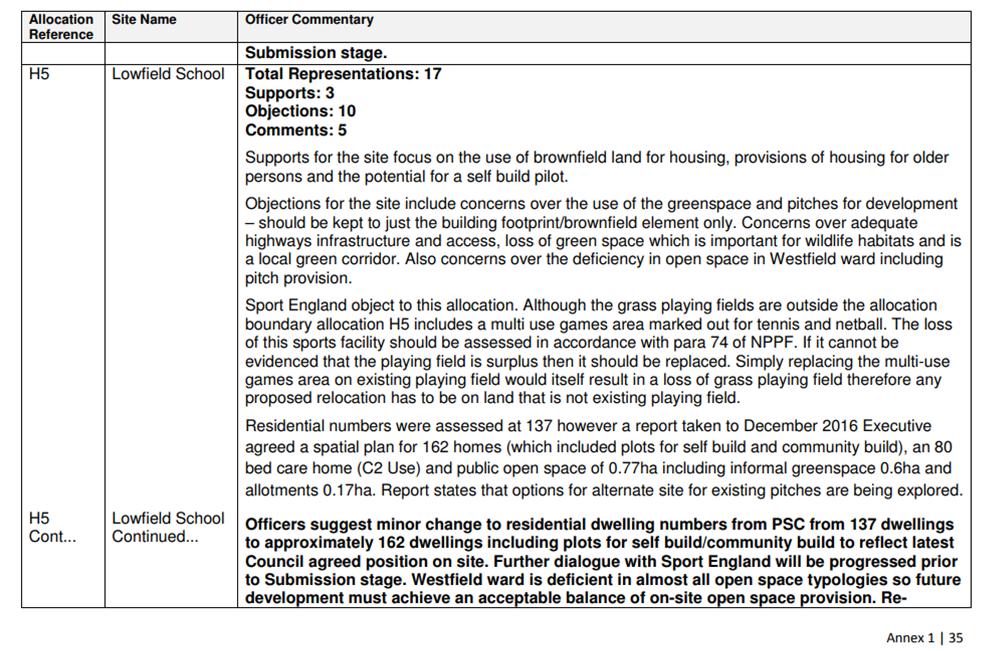A framework to guide and promote development, and to protect the quality of city’s unique historic, natural and built environment will take a step forward from December.
Appointed planning inspectors will undertake an independent examination of York’s Local Plan, which will commence with initial hearing sessions at York Racecourse, from Tuesday 10 December from 10am.
More information about the hearings including a detailed timetable for the sessions is available to view at: www.york.gov.uk/localplanexamination
The Local Plan sets strategic priorities for the whole city and forms the basis for planning decisions; it must be reviewed at regular intervals to be kept up to date.
Cllr Keith Aspden, Leader of the Council, said: “The draft Local Plan is one of the most significant strategic documents for our city, as it will determine how York develops over the next 20 years.
“We have been working hard to progress York’s Local Plan and I welcome these public hearings in taking this next step towards adopting a Local Plan for York.
“We remain determined to secure a Local Plan for York that delivers more homes and economic space, whilst protecting the unique character of the city.”
A number of informal debates (hearing sessions) will take place on the principal matters identified by the inspectors.
The initial hearing sessions will cover key matters such as legal compliance, housing need and the York Green Belt.
Participants will be on an invitation basis only, but the hearings themselves are open to members of the public to attend.
The inspectors will take into account the comments submitted to-date, as far as they relate to soundness considerations such as whether the plan is justified, effective and consistent with national policy.
Following the closure of the hearings, the inspectors will prepare a report to the council with precise recommendations, these recommendations may include modifications to the plan.
All other aspects of the plan will be examined by the inspectors during the subsequent hearing sessions, which could take place early next year.
All correspondence with the planning inspectors is available to view at: www.york.gov.uk/localplanexamination




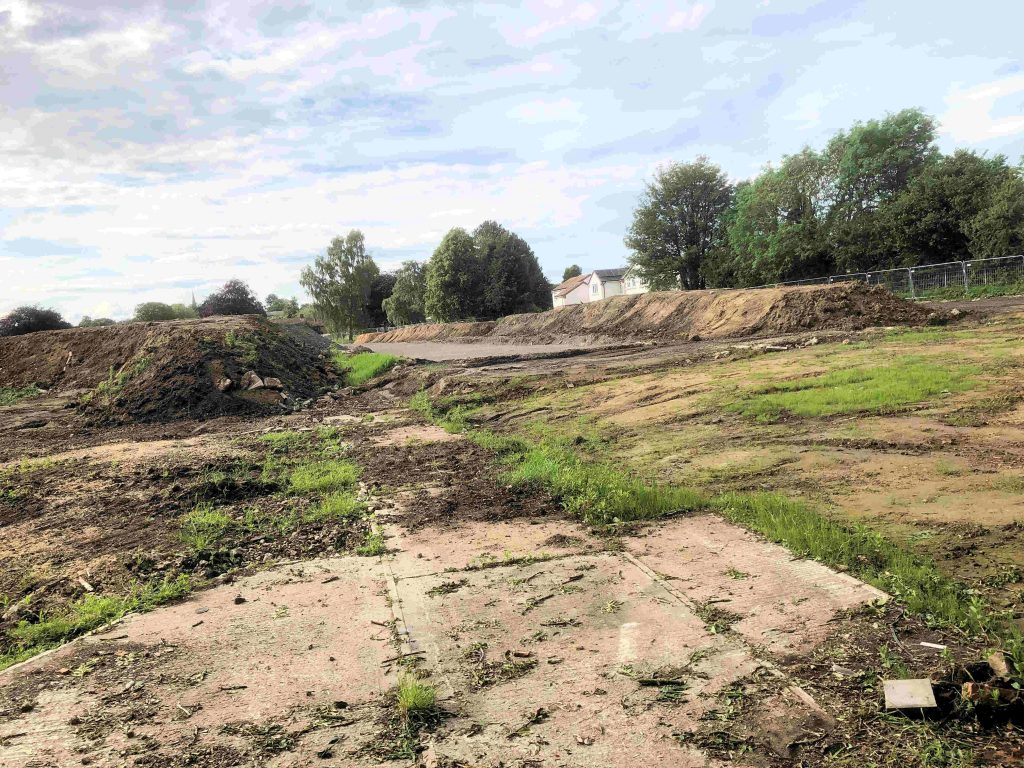
 The Council has sent off to central government its proposed new Local Plan. It brings to an end (potentially) 25 years of agonising about the future size of the City.The plan is a compromise on growth rates with over 850 additional homes scheduled to be built in each of the next 20 years.
The Council has sent off to central government its proposed new Local Plan. It brings to an end (potentially) 25 years of agonising about the future size of the City.The plan is a compromise on growth rates with over 850 additional homes scheduled to be built in each of the next 20 years.
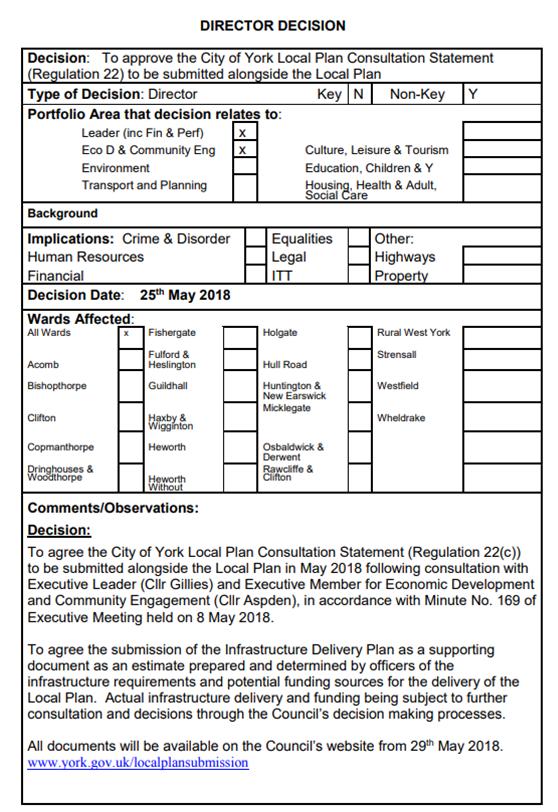
 Papers published
Papers published